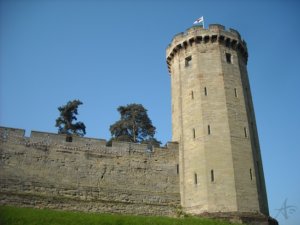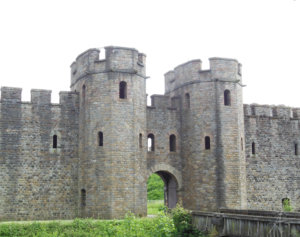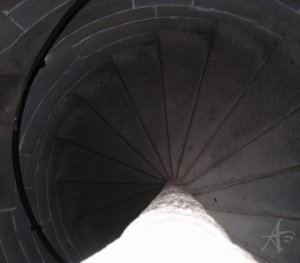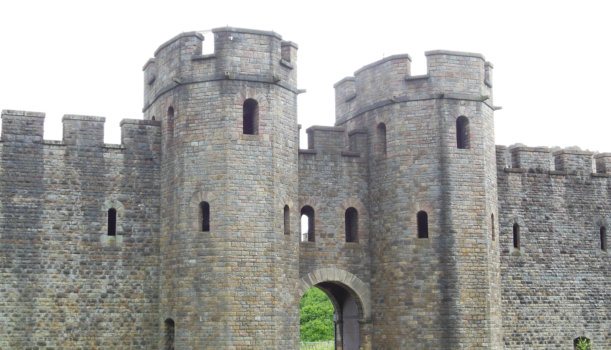Castles capture the imagination, but what are they really like? Over the past few months, we’ve visited several different castles and picked up insights from their unique architecture. Now we’ll revisit the highlights and learn a few more tidbits! Whether you’ve kept up with each article in the castle series or you’ve missed a few here and there, this recap is for you.
What is a castle?
First off, we all probably have a picture in our minds of what a castle is, but many castles have been used as palaces and many palaces have been styled after castles. So which is which?
A castle is primarily a defensive structure, which means it’s designed to withstand attacks. A palace, on the other hand, is a retreat for royalty, nobility, or other wealthy people that pays more attention to comfort and luxury than defensibility.
How can you tell the difference at first look? Check out the windows. Large exterior windows are likely an indicator of a palace or a newer structure rather than a castle. We learned this on our visit to Balmoral Castle in Scotland and also heard some interesting window details at Bunratty Castle in Ireland.
Another fun fact about windows: in medieval times, an arrow slit was called a “loop,” which some scholars believe may be the origin of the word “loophole.”

Defensive Structures of a Castle
Not every castle has a moat and a drawbridge and a dragon (just kidding) to defend it. Variety abounds. Some castles have a ditch instead of a moat or are built on top of rocky promontories so that attacking armies have no easy approach. Castles built along riverbanks also can resist tunneling attacks.

Walls and Towers
A very common defense is a thick outer wall lined with towers at intervals for defenders to fire down at their opponents. The regular up-and-down pattern seen on the tops of many walls is called crenellations, which provide places for castle defenders to alternately hide from attacks and step out to get a clear shot at their enemies.
We learned about the different shapes of towers and their respective merits in our survey of the Governor’s House on Calton Hill in Edinburgh, Scotland. One of the strongest kinds of towers is an octagonal tower, as shown in this picture from Cardiff Castle.

Another fun fact about towers: spiral staircases are built in such a way that the wide part of the step is on the right so that defenders coming down have plenty of room to swing their swords while attackers coming up repeatedly run into the central column of the stairs.

Stairs
Speaking of stairs, some castles have no exterior wall—or even if they do, they might use another strategy for the castle’s main building itself. A wooden staircase used to enter the castle could be burned during siege, as we saw at Bunratty Castle in Ireland. The defenders could lower down a ladder from the inside to get out later.
Gates
As the primary access to a castle, the gate is also the most heavily defended portion. Some castles will have more than one in a row, which forces attackers to break through the second gate and portcullis in a confined space after the first gate. Defenders can hurl down arrows, spears, or even rocks from the defensive towers around the gate. They can also access their enemies through murder holes, often pouring scalding liquid on the attackers. But most often, this liquid wouldn’t have been oil, as we learned at Warwick Castle.

Conclusion
We find great variety in castles, just as we do in houses, but hopefully these basic features have identified some of the most common aspects of castles and their purposes.
What do you visualize when you think of a castle? Which castle components surprised you?
Please review the Posting Policy before commenting.


